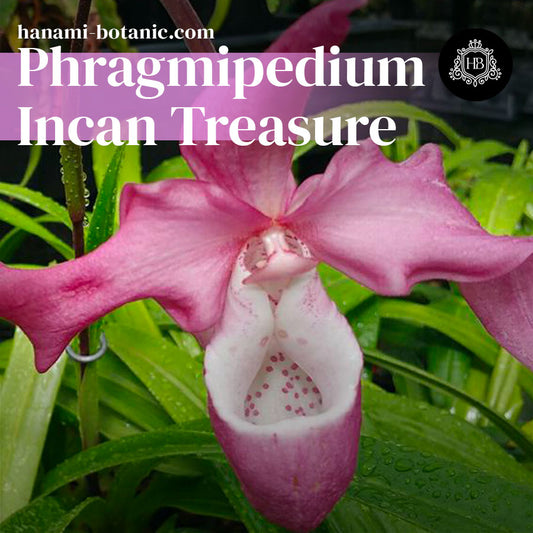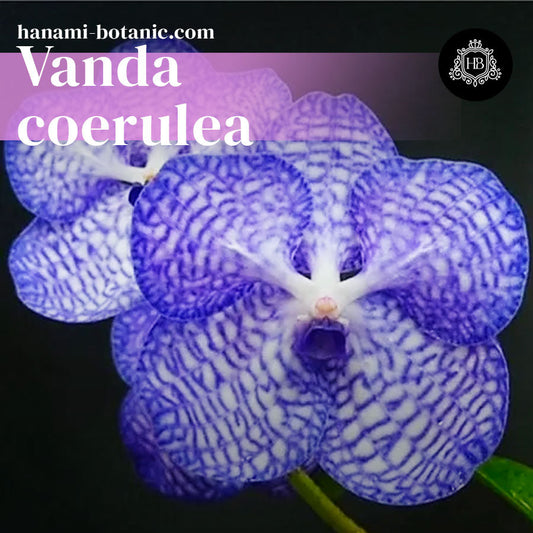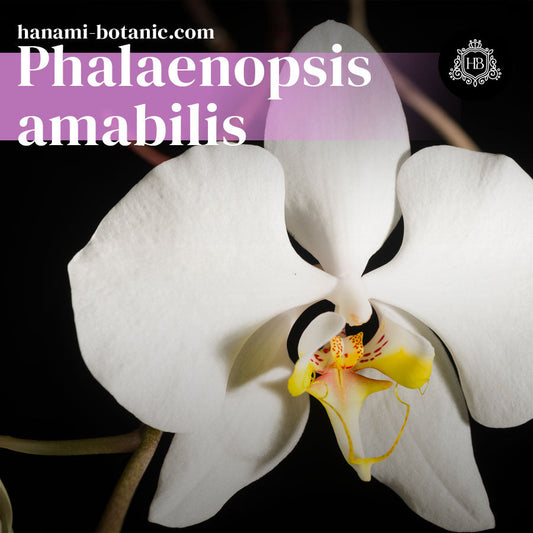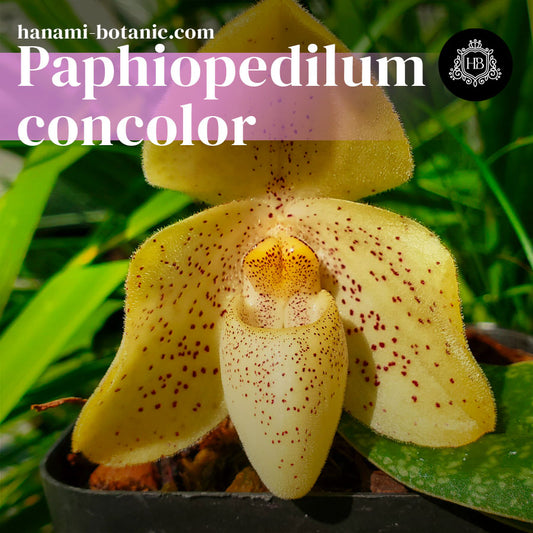Gothic Architecture: A Source of Inspiration for a Unique Terrarium
Christian St-PierreGothic architecture, with its soaring vaults, intricate tracery, and dramatic ornamentation, has fascinated architects, artists, and designers for centuries. Emerging in the 12th century, this architectural style redefined the way buildings interacted with light and space, creating cathedrals and structures that still leave us in awe today.

I have always been drawn to the grandeur of Gothic architecture. There’s something almost otherworldly about the way light filters through stained glass, casting colored shadows on stone floors, or how ribbed vaults seem to stretch toward the heavens. It is an architecture of emotion, designed to elevate the human spirit. That very sense of mystery and drama is what inspired me to create a terrarium that echoes the elegance and complexity of the Gothic world.

The Essence of Gothic Architecture
Born in the heart of medieval France, Gothic architecture was a response to the heavy, fortress-like structures of the Romanesque era. Architects sought to create something lighter, more ethereal—spaces where walls dissolved into windows, where ceilings seemed to defy gravity. This was made possible by technical innovations such as the pointed arch, which allowed for greater height and a sense of verticality; the ribbed vault, which distributed weight more efficiently; and the flying buttress, which freed walls from their structural burden, making way for vast expanses of stained glass.

But beyond its engineering prowess, what has always struck me about Gothic architecture is its ornamental richness. Every façade, every column, every doorway is alive with sculptural detail—floral motifs twisting around arches, grotesque gargoyles perched like silent sentinels, delicate stone tracery that mimics the lacework of nature itself. There is an almost obsessive attention to detail, a sense that every surface must be inhabited, transformed, made expressive.
Bringing the Gothic Spirit into a Terrarium
When I set out to design a Gothic-inspired terrarium, I wanted to capture that same interplay between structure and light, between grandeur and delicacy. I envisioned a space that felt at once enclosed and expansive, a miniature world where nature and architecture merge seamlessly.

The first element I focused on was form. The structure of the terrarium itself had to reflect the elegance of Gothic cathedrals. I designed it with pointed arches, giving it that signature verticality, as if the terrarium itself were reaching upwards. The metal framework was inspired by the intricate tracery of Gothic windows, delicate yet strong, allowing glimpses into the lush world inside.
Rather than using different types of glass, I chose clear acrylic, which allowed for a lightweight yet durable structure. Instead of relying on stained glass effects, I engraved the surface with intricate Gothic patterns—delicate filigree, window tracery, and ornamental motifs reminiscent of medieval cathedrals. The engraved details catch the light at different angles, subtly shifting in appearance throughout the day, much like how stone carvings interact with natural illumination in Gothic architecture.


Inside, I carefully arranged the plants to evoke a sense of organic growth overtaking a forgotten ruin—ferns unfurling between architectural elements, moss creeping over stone-like textures, orchids adding unexpected bursts of color. The engraved patterns, combined with the transparency of the acrylic, create an interplay of shadow and light, almost mimicking the ethereal glow of a cathedral interior.
There’s something fascinating about the way nature reclaims man-made structures over time. I wanted to capture that tension in my terrarium—the feeling of stepping into an abandoned cloister where greenery has taken root, softening the hard lines of architecture. It’s a living composition, one that evolves with time, just as real Gothic structures have been shaped by centuries of history.
A Living Tribute to the Gothic Aesthetic
For me, this terrarium is more than just a decorative object. It’s a way of paying homage to a style that has captivated me for years, a way of bringing a little piece of that medieval grandeur into my own space. Gothic architecture was designed to inspire awe, to tell stories, to transport those who entered it into another realm. In a much smaller, more intimate way, that’s what I hope this terrarium does as well.
Whether you’re an admirer of medieval architecture or simply drawn to the mysterious and the ornate, a Gothic-inspired terrarium invites you to experience that magic on a smaller scale. It’s a reminder that beauty lies in the details, that light and shadow are what give a space its soul, and that even the most structured designs can be softened by the hand of nature.




